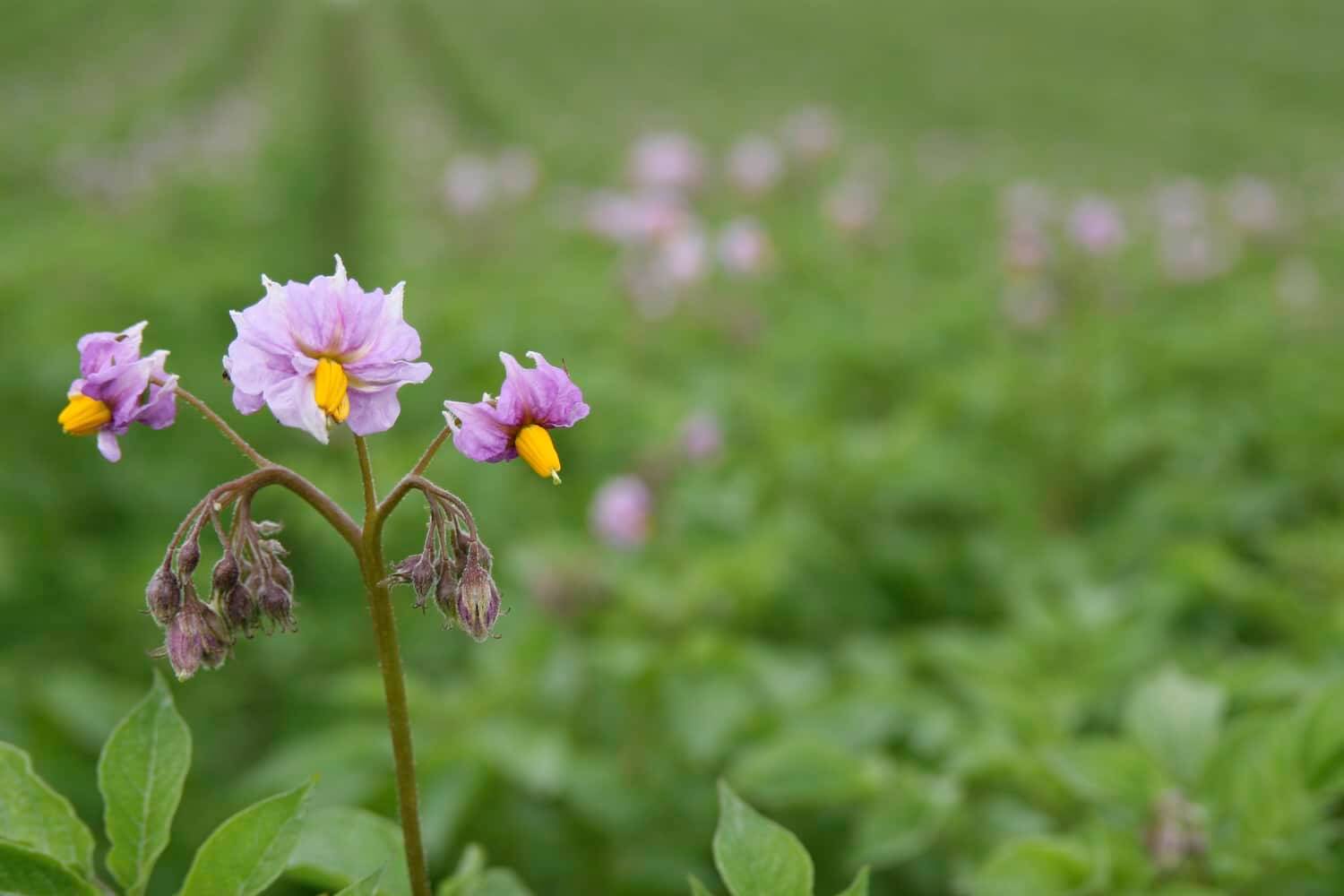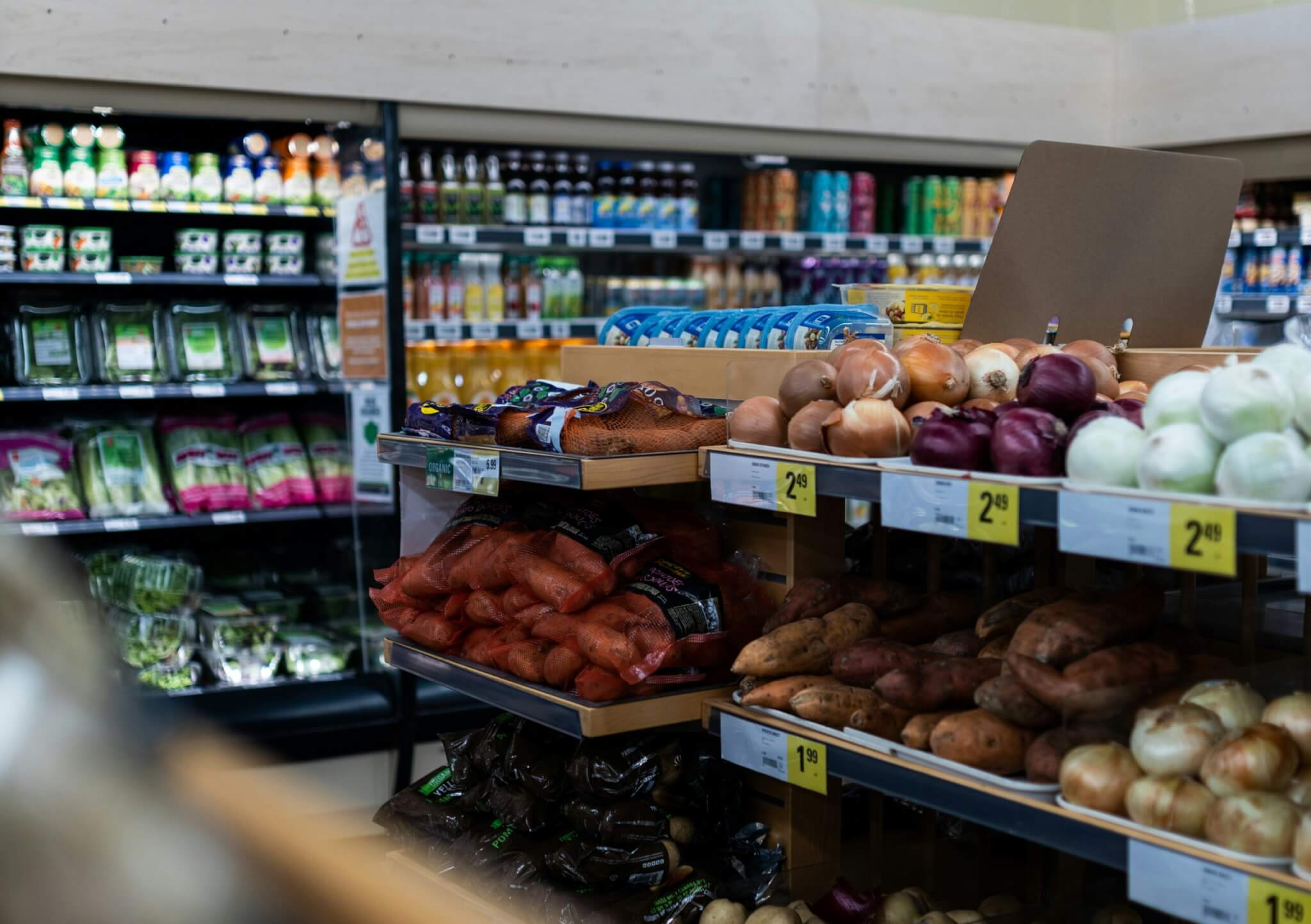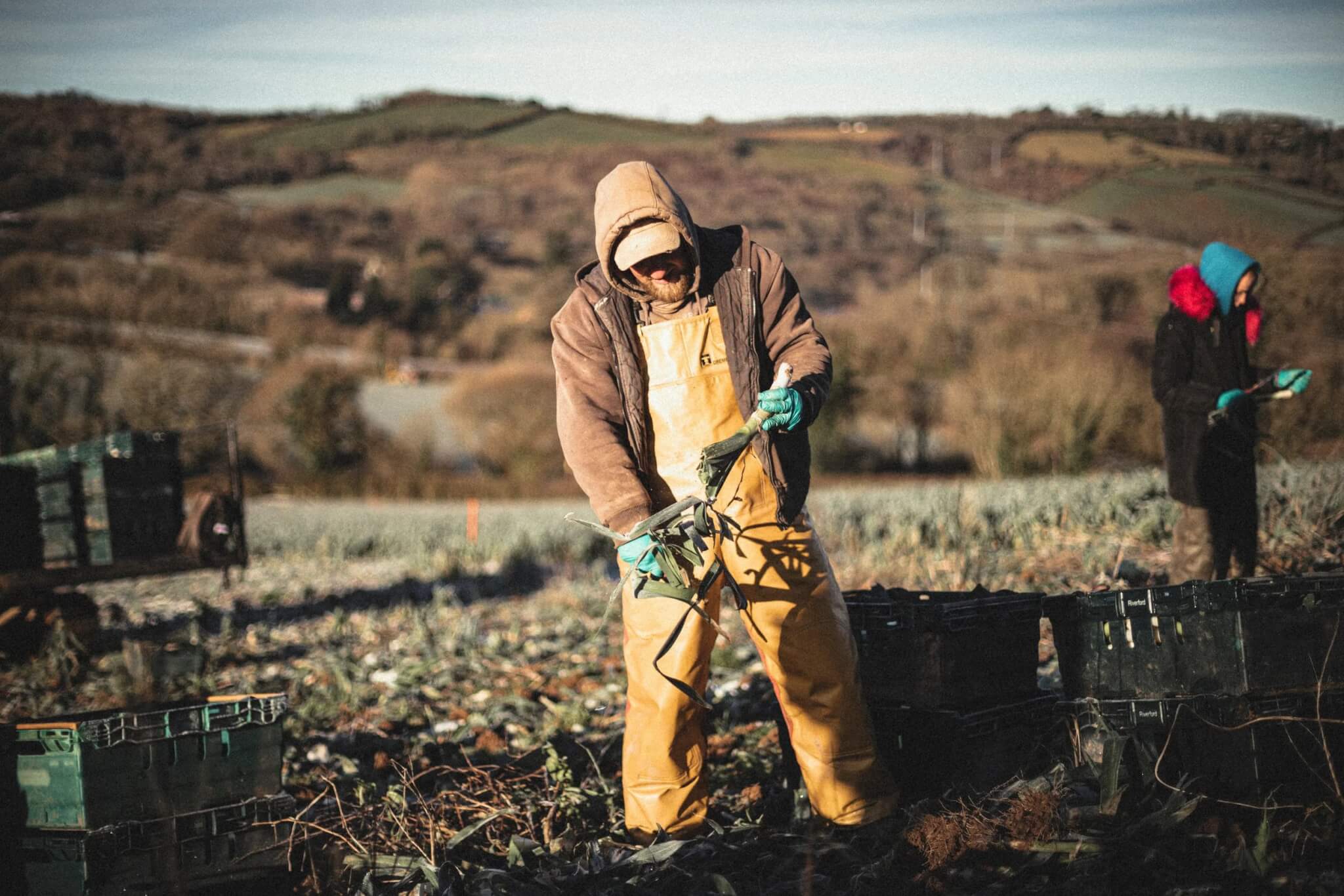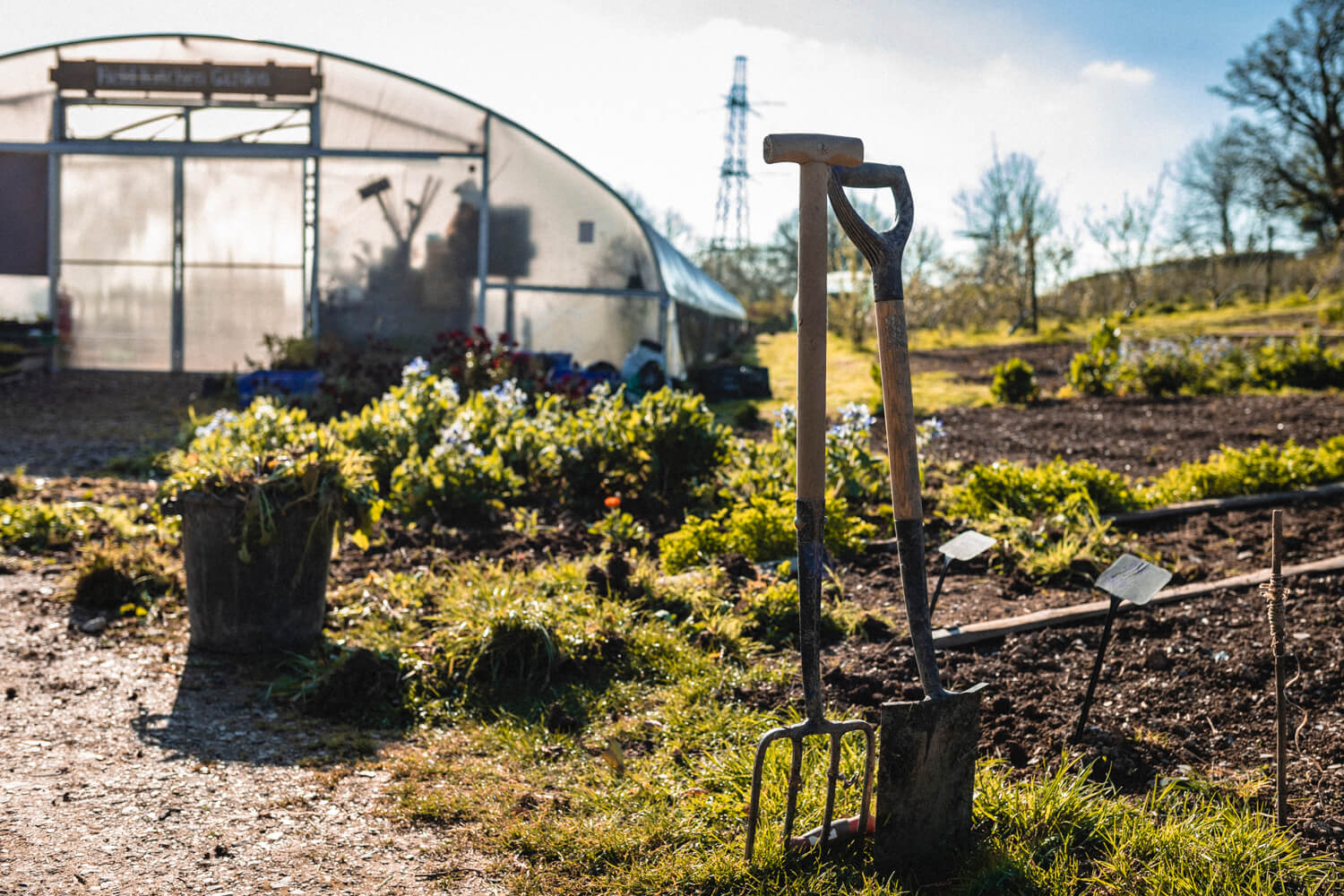Over a third of non-organic fruit and vegetables consumed in the UK contain a ‘cocktail’ of potentially dangerous pesticides, a new report has revealed.
The report, named ‘The Cocktail Effect’ and published by the Pesticide Action Network (PAN) UK and the Soil Association, exposes how mixtures of pesticides commonly found in UK food, water and soil may be harming the health of both humans and wildlife.
It found that some food items contain traces of up to 14 different pesticides, and listed evidence of pesticide cocktails in the environment, where up to ten different chemicals were found in samples of UK soil and water.
Using government testing data, the report found that, in 2017, 87 per cent of pears, 64 per cent of apples and a quarter of bread contained pesticide cocktails.
Over half of raspberries tested were found to contain multiple pesticides, with one sample containing four known, probable or possible carcinogens, two endocrine disruptors, which interfere with hormone systems, one developmental toxin, which can have adverse effects on sexual function and fertility and one neurotoxin, which can negatively affect the nervous system and nerve tissue.
Multiple residues were found in more than three-quarters of grapes tested in 2018, with one sample containing traces of fourteen different pesticides.
“Because of the overuse of pesticides in UK agriculture, we are constantly exposed to a wide array of different chemicals which can interact to become more toxic creating a ‘cocktail effect,” said Josie Cohen of PAN UK.
“Yet the Government continues to assess the safety of just one pesticide at a time. The truth is we simply have no idea of the human health and environmental impacts of long-term exposure to hundreds of different pesticides.”

One study analysed by the report found that 43 per cent of pollinators had detectable levels of two or more pesticides. In one example, a certain insecticide touted as a ‘safe’ replacement for neonicotinoids and a commonly-used fungicide were shown to combine to be more toxic to bees than when either chemical appears alone.
As well as government data, the report brought together a range of scientific studies looking at the harmful effect of cocktails, even when each individual chemical appears at levels at or below its “no-observed-effect concentration”.
The UK regulatory system largely fails to monitor the cocktail effect, authors wrote. While limited testing for pesticide cocktails in food does take place, there is no assessment of the build up and combination of various pesticides to which the environment and wildlife are exposed.
Authors also warned that post-Brexit trade deals could lead to a rise in the number of pesticides authorised for use in the UK.
The only way to minimise the risk is to decrease overall pesticide use, the report said, while the Soil Association’s head of policy, Rob Percival, highlighted that farmers would need support to do so.
“The UK government has committed to reducing pesticide use, but the support farmers need to transition away from pesticides simply isn’t in place,” he said.
“The government urgently needs to support farmers to adopt nature-friendly, agroecological approaches that don’t rely on pesticides, including organic, to better protect both human health and the natural world.
“Brexit poses real threats to food and farming, but it also provides an opportunity to do things differently, if the right policies and legislation are put in place.”
The report makes a number of recommendations to the government, including calling for the introduction of a pesticide reduction target and a system for monitoring the impacts of pesticide cocktails on human health and the environment.
All data on pesticides residues in the report was based on analysis from the government agency Pesticide Residues in Food (PRiF), from 2017 and 2018.
Where the government does not conduct monitoring of pesticide cocktails in the environment, researchers relied on independent academic studies.













The BBC did a programme called ‘The Honest Supermarket’ which labelled the number of pesticides available in the fruit & veg in an average supermarket. They made a cocktail of them which demonstrated the hormone disruptive nature of them and used it to feminise a toad I think it was.
Odd that the programme didn’t get in the press?
Really interesting point marymary and the programme sounds very relevant- alot of people do feel that organic is the natural state of food, so rather than having to certify it as such, all non- organic food should be clearly labelled with anything used to grow it such as the pesticides mentioned in this article.
Well, well, what a surprise, alongside the plastic now in our bodies we now have confirmation of what I always feared was happening. Labelled as a silly old bat with a bee in her bonnet, I can now wave this report at the doubters. The enormous growth in cancers and brain disorders points to a large guilty secret between the Government and the Agro-chemical industry
Jennyh
Shared on Facebook.
JohnO
Shared it also 🙂
The big corporations that deliberately hide and cover up these things (people have died for getting the “wrong” results from their scientific research and then trying to publicise them too widely) will happily deceive the majority for as long as they can. The fact that there has been zero research into the effects of living in a toxic soup of chemicals which we breathe and injest constantly is astounding, but then as what research IS carried out usually involves pointlessly torturing animals to death (literally), maybe I shouldn’t moan about that too much. A rational, scientific and sensible approach to poisonous chemicals would be “hey, let’s not use them, because our health and environment are important to us” rather than “hey, until it’s proven beyond a shadow of a doubt that these chemicals are lethal, we have to respect the manufacturer’s right to profit from them”.
I stopped buying anything with non-organic wheat in it when I learned that some farmers were using Glyphosate to kill their crops to harvest them when convenient! I still find it hard to believe that this is legal, or that anyone would even conceive of doing it, especially when this product was always advertised as “breaking down on contact with the soil”, which obviously doesn’t apply.
All of this is part and parcel of what I call “corporate sociopathy”, where big corporations behave exactly as sociopaths do, showing no moral values or conscience. Profit and expansion are the only criteria they pay any attention to. Unfortunately they are mostly backed up by corrupt governments and media that share their deficiencies. Until/unless we get sociopaths out of government and other powerful positions, we don’t stand a chance against the combined evil of these people.